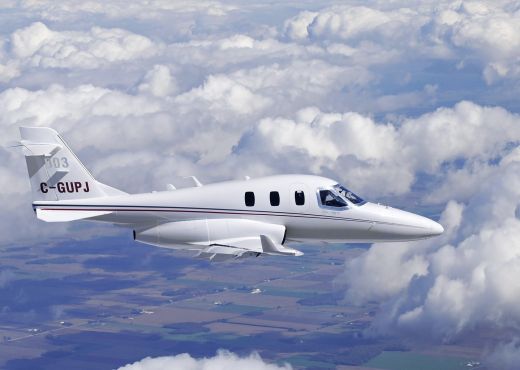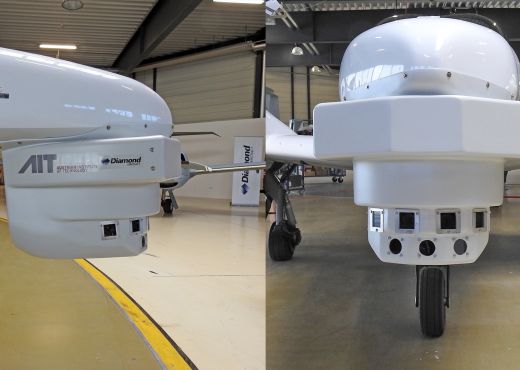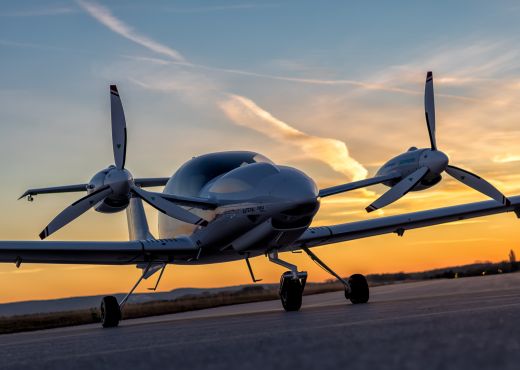How Austria Advanced the Development of Small Manned Aircraft
Diamond Aircraft, the Austrian manufacturer of composite small aircraft, revolutionised the general aerospace industry: the company was the first to launch diesel-powered single-engine and twin-engine piston aircraft. Together with the company Austro Engine, which is part of the Diamond Aircraft Group, they developed and produced proprietary, environmentally friendly, economical, and at the same time powerful jet fuel engines.
In the propulsion sector, BRP-Rotax is prosperous too, with light, efficient and robust high-performance engines for light and ultralight aircraft. Collaboration with research institutes works very well. Two departments at the Austrian Institute of Technology AIT are involved: Propulsion Technologies with the hybrid and electric powertrains for the small aircraft research field, and 3D Vision and Modeling, which deals with image processing algorithms and 3D environment sensors. FH JOANNEUM brings expertise in aeronautical engineering and aerodynamics. In the field of wireless communication, PIDSO develops antennas and antenna systems. The focus of TTTech is on robust networking and safety controls. And the Institute of Engineering Design and Product Development of the Vienna University of Technology investigates possibilities for increasing the efficiency of rotorcraft propulsion systems, such as helicopters.
The small aircraft field of expertise can be encapsulated in the following Innovation Booster.
Innovation BoosterSafety and Sustainability as Innovation Drivers
In addition to safety, environmental protection, energy efficiency and cost-effectiveness are playing an increasingly important role for small aircraft, too. Moreover, there are also increased efforts towards automated flying. This requires the use of innovative technologies and new approaches to meet the needs of private and commercial customers in the future as well.
Diamond Aircraft recognised the bottlenecks of small aircraft early on and revolutionised the industry with the introduction of single-engine and twin-engine diesel piston aircraft. It was then possible to use the aircraft worldwide, as the engines could process the jet fuel used in large-scale aviation. The Future Small Aircraft program focused on the development of a highly efficient travel and business aircraft.
Further collaborative research and development activities have looked at electric hybrid propulsion systems and electronic security measures for medical emergencies as well as sensor integration for obstacle detection. The future topic of automated flying is being prepared.
This is unique:
- Manufacturing twin-engine jet fuel aircraft
- Fly-by-wire for the first time for small aircraft
- First twin-engine hybrid aircraft
Therein lies potential for development:
- Automated flying
- Emission-free flying
- The "smart" aircraft and IoT
Without R&D projects, we would not have the current technology and know-how in the company!





